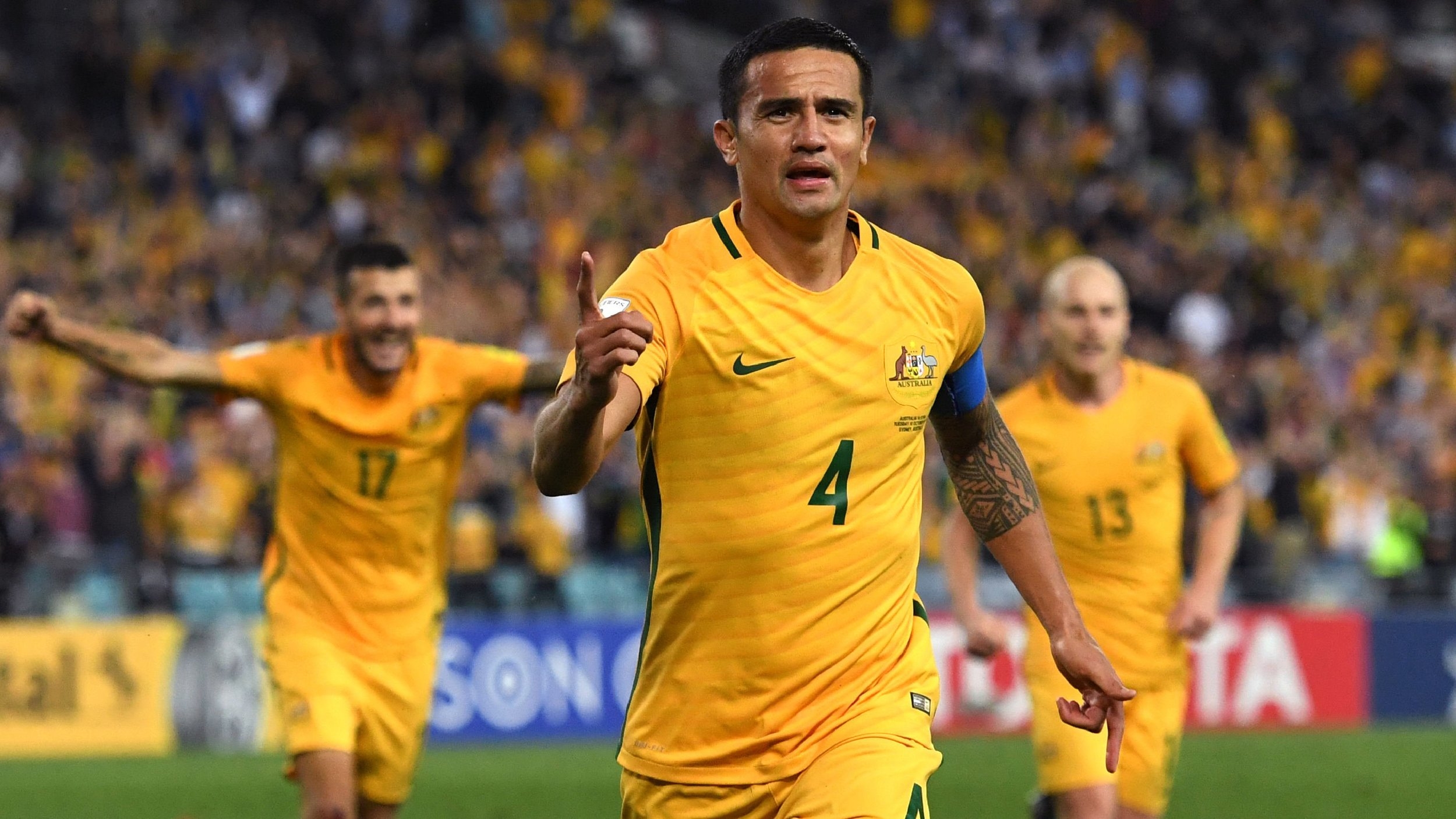How to Watch the World Cup, part 1
So you don't know how to watch soccer, and the 2018 FIFA World Cup starts in one week. Let's try to change that.
Can't see the forest for the trees
Some people don't want to watch soccer because they think it's "slow" and "boring". Ignore these people. They are wrong. There are dozens of things going on at any given moment in a soccer game, and it is an incredibly complex game, as explained in our article "The Case for More Soccer in Australia". Most people simply focus on the ball as it is moving around the pitch. Who has the ball? Where is the ball going? In reality, this makes you focus on one player at a time, and there are 21 other players on the pitch, all doing their own things. Anyone can look at soccer, but to understand what's happening is a skill in its own right.
Tip #1: Don't watch the ball, watch the players
As obvious as it sounds, soccer played by the players, not the football. Therefore, if you spend the game with blinders on, only watching the ball, you will miss out on most of what's happening.
It is useful to detach oneself from the ball, and instead focusing on the things happening around the ball. This adds a whole new layer to experiencing the game as it is played, and will allow you insight into a far bigger picture of the game. Pay attention to the team that has the ball: how does the players without the ball move? Do they come towards the ball to receive it? Do they move away from the ball? If so, is it because they want to invite passes further forward or because they want to give the ball carrying player more space to move with the ball?
Do also take some time to watch the team that does not have the ball. Do they aggressively move closer towards the ball? Are they defensive, and move away from the ball? Do they move as a compact unit or are they more spread out?
Increasing your awareness of what is happening off the ball will help you see the big picture of the game.
Tip #2: Don't watch the players, watch one player
“You watch the game, you don’t see Busquets. You watch Busquets, you see the whole game.”
The above is the former Spanish manager Vicente del Bosque describing the influence midfield player Sergio Busquets has on the games he plays in. Now, some might think that this tip is contradictory to the previous tip. It is not. Instead, I would argue that it adds another layer of depth to the game.
From time to time, it is nice to take a while to focus on one player at a time. How does he move around when he does not have the ball? How often does he look around to see where teammates and opposition players find themselves? How does he position his body to receive the ball? Does he pass the ball on quickly or does he like to move with the ball at his feet?
So often in football, the ball is lost by a player because he did not realise there were opposing players close to him, or he was surprised by how how aggressively he was closed down by defenders. Paying attention to a single player and seeing how he reacts to the game around him will grant you insight into predicting how upcoming passages of play will unfold.
Tip #3: Formations
A formation is how a team chooses to deploy the 11 players that start the game. There is a wide variety of formations in soccer, unlike in team sports like basketball and netball. One team might be very offensively minded, and start the game with a 4-3-3 formation; four defenders, three midfield players and three attackers. If a team is more defensive, they could opt for a formation like a 5-3-2 or a flat 4-4-2. Note that the goalkeeper is not counted in formations when written like this because all teams must have a goalkeeper.
4-4-2
Diamond midfield
That being said, a team's formation does not necessarily dictate how they play the game. The Spanish team Atlético Madrid almost always plays with a 4-4-2 formation, and focus on defensive solidity above all else. English Liverpool, a couple of years ago, deployed a very attacking version of the 4-4-2 with a diamond midfield.
The team's formation often does not dictate how a team attacks, but rather how they defend. The aforementioned Atlético Madrid defends in a very strict 4-4-2 formation, giving them two banks of four players that try to stop the opposition attack. However, when they themselves attack, one of the wide midfield players will often push up higher onto the pitch while the other midfield players remain centrally, meaning that they resemble a 4-3-3 in attack.
At the start of the game, the broadcaster will show graphics of each team's formation. Being mindful of a team's shape will help you understand why players are where they are, and may help you see players who are making mistakes by being out of position.
Part 2 of this article can be found HERE.






